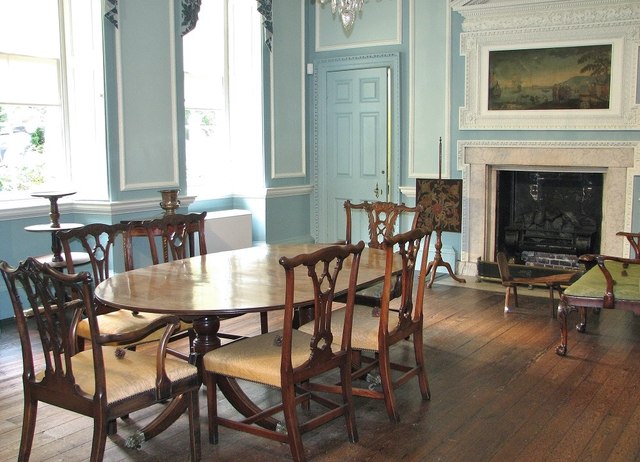Summary
– Panelling: choosing the direction of installation
– Sawing the boards: an essential step in installing panels
– Installing panels: two types of cuts
– Three types of fasteners for installing a panel on a frame
– Panel installation: the first board is crucial
Panelling does not differ depending on the type of material chosen: PVC panelling, raw wood panelling or coated panelling.
Just proceed step by step and do not neglect anything: cutting, type of fixation, installation direction, etc.
Panelling: choose the direction of installation
Whatever the type of installation you choose (glued or on a frame), it is essential to determine in advance the direction of installation of the boards:
– horizontal: widens the room, gives it more volume,
– vertical: gives height to the room,
– diagonal: adds a touch of fantasy that is perfectly suited to contemporary decor. This type of installation involves more sawing and, therefore, more waste.
Good to know: When installing on a frame, the direction of the installation determines the direction of the strips, which must be perpendicular to the boards.
Sawing the boards: essential step to install panelling
It is necessary to shorten some boards, as their dimensions may not be adapted to the surface you are panelling.
For this somewhat delicate operation:
– equipment: use a handsaw, a fine-toothed backsaw or a circular saw,
– The cuts must be clean and without splinters,
– when approaching walls, an obstacle or an opening: measure the width to be filled, then for the cut, do not forget to subtract the width of the non-visible part of the profile.
It is recommended to saw the boards one by one for the installation. This allows:
– to proceed step by step around the openings,
To adapt the cut to the covered surface’s variable dimensions and avoid mistakes, waste of time and boards…
Good to know: Before mounting the boards, you can lightly sand them to deburr them.
There are 2 types of cuts to install panelling

To install panelling, two types of cuts are possible.
They determine:
– the sawing of the boards,
– the scraps made,
– the final price of the operation.
Here is a table comparing the two cutting methods:
Installing panelling: the cut
|
Type of cut |
Installation |
Scraps |
Cost |
|---|---|---|---|
|
Lost cut |
Slats laid end to end. |
The next row is started using the off-cut from the last board in the previous row. |
Most economical. |
|
Stone cut |
Slats cut to align the joints every other row. |
Depending on the size of the room and the length of the boards, the off-cuts can be significant. |
The least economical. |
There are 3 types of fasteners to install panelling on framing
There are three possible fastening techniques for framing:
Install panelling on framing: 3 types of fastening
|
Type of fixing |
Use |
Technique |
|---|---|---|
|
By nailing |
Less and less used. |
– For the nails to be invisible, take them without the head, – use a nail punch to drive them into the groove of the board: this will avoid damaging the wood, – The assembly with the next board will hide it. |
|
By clipping |
The most common. |
– A little more expensive, but easier to implement, – the removal of the panelling can be done without damaging it, – The clips are metallic and chosen according to the thickness of the board, – When installing, they are slid into the groove of the board and then fixed on the cleat with a nail or a staple. |
|
By stapling |
Especially for PVC panelling. |
– Electric stapler, – adapt the length of the staples to the thickness of the panelling (greater than 14 mm for wood), – disadvantage: depending on the environment, the staples may rust. |
Installing panels: the first board is crucial
The first board is installed in a corner:
– it must be parallel to the wall,
– you can plane its tongue against the wall,
– leave a few millimetres of play between the wall and the board.
Then, place the other boards one after the other:
– they are held together by the assembly of the tongues,
– Hit them lightly with a rubber mallet to help them fit together without damaging the wood,
– advance row by row by making the appropriate cuts in lost cut or stone cut.
For wall panelling, the boards should not touch the floor: a skirting board will cover the bottom of the wall.
Hope this post has given you an idea of how to install panelling. For more help, the professionals at TD Cladding Supplies will be more than happy to help you out. Remember to share your experience in the comments below.

